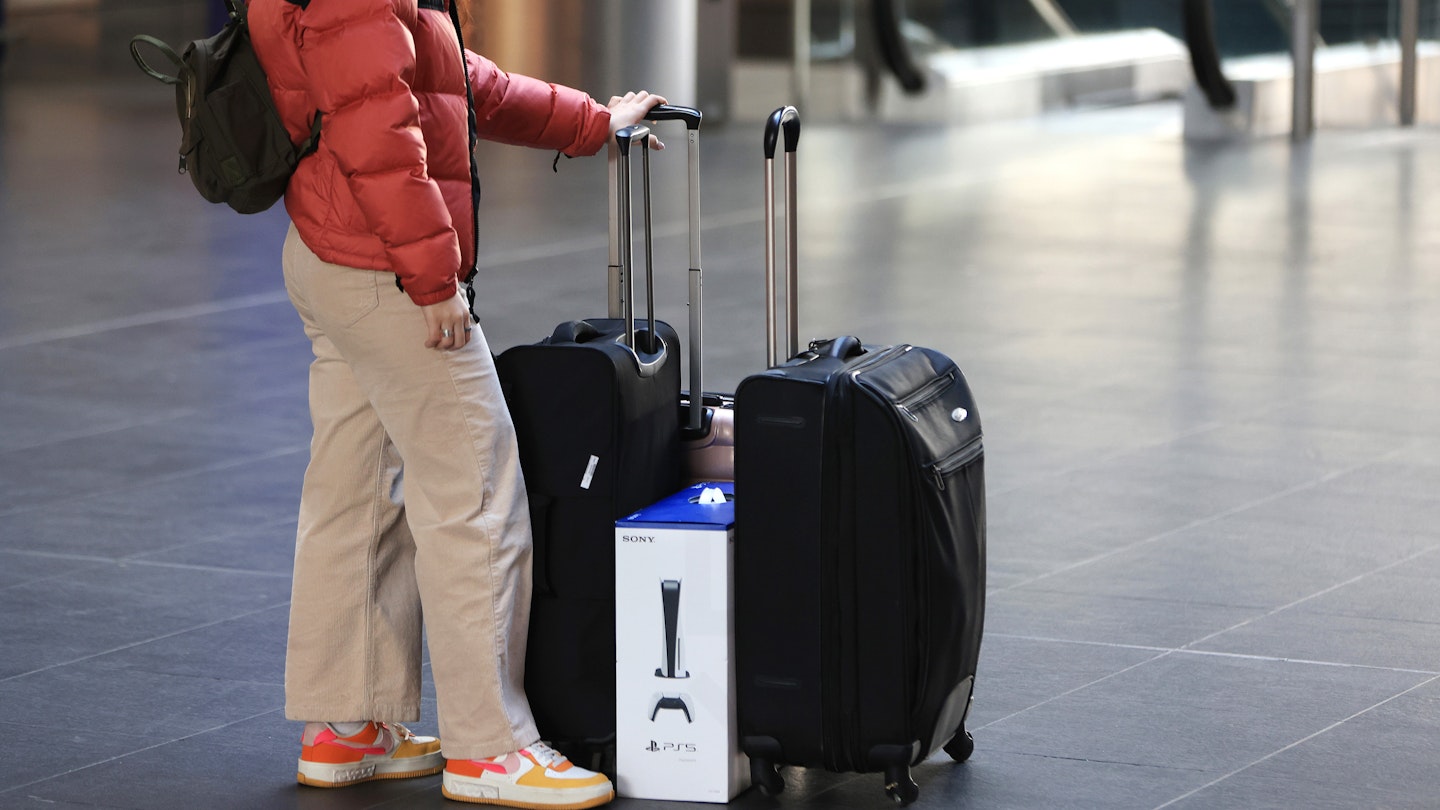France’s Ban on Short-Range Domestic Flights: What Travelers Need to Know
C’est officiel! To cut carbon emissions, France has banned short-range domestic flights across some routes where the same journeys can be made by train.
Two years after proposing the policy, France has now canceled some short-haul domestic flights for good. The ban was approved by the European Commission in December and signed into the country’s Climate Law on Tuesday, May 23.
The ban cancels flight journeys that can be completed by train in less than two-and-a-half hours.
Which Routes Will the Ban Cover?
The ban only applies to three routes: flights from Paris’ Orly airport to Bordeaux, Lyon, and Nantes. Passengers can still get air connections on to these regional capitals from Paris’ (and France’s) main airport, Charles de Gaulle. Although they can still travel by plane between two cities within the country, a fast and convenient high-speed train is almost certainly faster and easier.
If the concept is judged successful and rail services improve nationwide, then more flight routes may be banned.

Why is the Ban Being Introduced?
As part of far-reaching 2021 climate legislation, France proposed banning domestic flights where equivalent journeys taking less than two-and-a-half hours on its excellent rail network are available. This policy has now been approved by the European Commission and signed into France’s Climate Law.
Over nearly 40 years of service, France’s high-speed TGV network has expanded to reach north, south, east, and west of Paris — covering all directions of the country. Trains between major city centers are frequent, convenient, and inexpensive, meaning most intercity passengers are already accustomed to taking the train.

What Train Routes Can Passengers Take Instead? And What is France Doing to Improve Its Rail Network?
If you want to travel from central Paris to Bordeaux, Lyon, and Nantes, you are probably already considering its excellent rail network (SNCF).
Flying necessitates getting from central Paris to the airport, checking in, clearing security, queuing at the gate before departure, and potential weather delays. However, you could have already arrived at your destination’s central station, enjoying a restful trip while gazing at the beautiful French countryside from the wide windows of a TGV.
From cheapest to most expensive, the SNCF offers the following high-speed train ticket options:
Low-cost, high-speed Ouigo (pronounced “we go”) trains, starting at just €10 from Paris to Lyon, before adding options like a larger piece of luggage or an assigned seat.
Second (standard) class on the regular high-speed TGV (sometimes known as inOui — pronounced “in we”) trains, where you can take a larger suitcase and choose your seat by default.
First class on the regular TGV, which is surprisingly affordable compared with business-class flying, offering larger seats with extra legroom and more comfort.
Additionally, travelers can take night trains (Intercité de Nuit) or slower conventional trains known as Intercités. Ouigo also offers these conventional trains on select routes, including to the lower Loire Valley, with its famous wine towns and châteaux, and the wine-growing region of Burgundy.
What are the Challenges to the Short-Term Flight Ban?
Airport trade associations in France and Europe have strongly opposed the move, which will be reviewed in the next three years. However, it seems likely that the ban will eventually be expanded to cover more routes rather than being rescinded.
The European Commission approved the ban on the three Orly flights, originally suggesting a ban on eight routes total (the remaining domestic routes are between Charles de Gaulle and Lyon, Rennes, Bordeaux, and Nantes; and between Marseille and Lyon).
In summary, the other routes were deemed not to meet the criteria either due to exceeding two-and-a-half hours, or insufficient rail service throughout the day.
As awareness about the environmental impact of aviation grows, it is expected that restrictions could expand to include longer rail journey times (four hours seems likely) and destinations that receive improved rail connections.
While the government heralds this ban as a significant step forward, some critics argue that it doesn’t go far enough. For example, the interim head of the industry group Airlines for Europe, Laurent Donceel, emphasized the need for “real and significant solutions” to combat airline emissions rather than merely “symbolic bans.”





